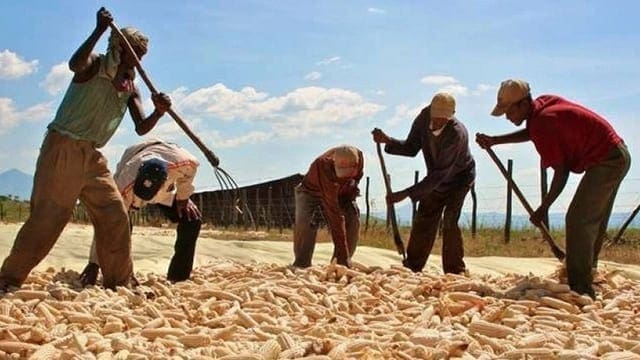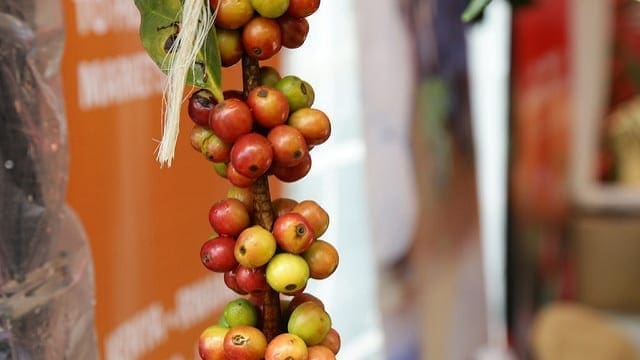ZIMBABWE – At least one million food-insecure households in Zimbabwe are at high risk of exhausting their food stocks between January and March next year despite the bumper maize harvest recorded this year, a United Nations agency has warned.
Unicef in its end of September 2017 situational report highlights that there would be food insecurity, acute malnutrition among infants and a rise in communicable disease like typhoid.
“The ZimVAC Rural livelihoods assessment report of July 2017 projected a food insecurity prevalence rate of 11% during the peak hunger period (January to March 2018), down from 42% during the same period last year.
Approximately 1,1 million rural people are estimated to be food insecure during the January — March, 2018 peak hunger season down from 4,1 million people who were food insecure during the same period last year,” the report read.
The United Nations body also noted that there were rising numbers of infants (children below five years) suffering from malnutrition and cases of typhoid in the country.
“Unicef and partners have screened 233,950 children for acute malnutrition and provided lifesaving treatment for severe acute malnutrition (SAM) to 7,822 children aged 0-59 months since January 2017.
There are 2 531 cumulative typhoid cases comprising 2,448 suspected, 83 laboratory confirmed and 6 reported deaths according to ministry of Health by September 2017,” added the report.
Unicef says it is looking for $13,5 million for humanitarian assistance to Zimbabwe and at the moment there is a funding gap of $5,6 million.
It further said it has provided 219,859 children aged six to 59 months with Vitamin A Supplementation (VAS) since the beginning of 2017, including 53,290 children since July 2017.
The UN agency says, “The United States remains one of the big donors to its projects in Zimbabwe.
“A total of $1,2 million dollars was received from USAID (OFDA) during the month of July 2017 to support drought recovery interventions in the Water, Sanitation and Hygiene and Nutrition sectors,” the report reads.
The agency says between July and September 2017 it reached an additional 94,024 people with safe water, giving a cumulative total of 341,998 people since January 2017.
Unicef says it has repaired 891 boreholes, rehabilitated 21 piped water schemes (solar powered) and drilled 52 new boreholes in drought, flood and typhoid affected areas.
News Day










